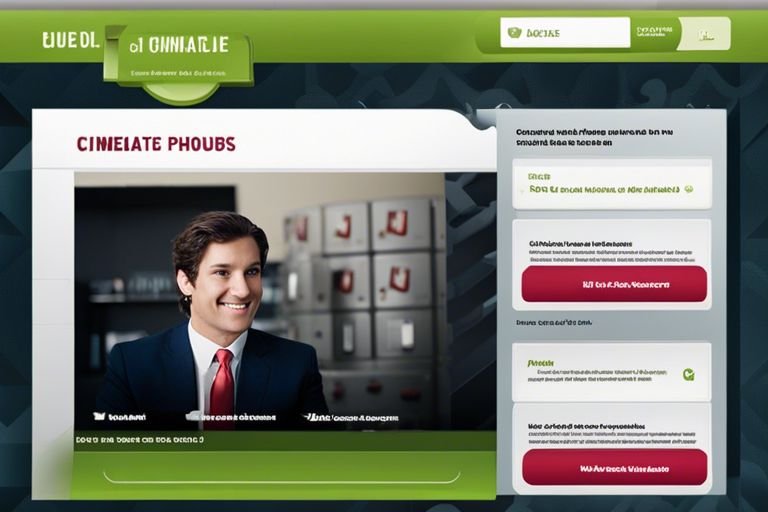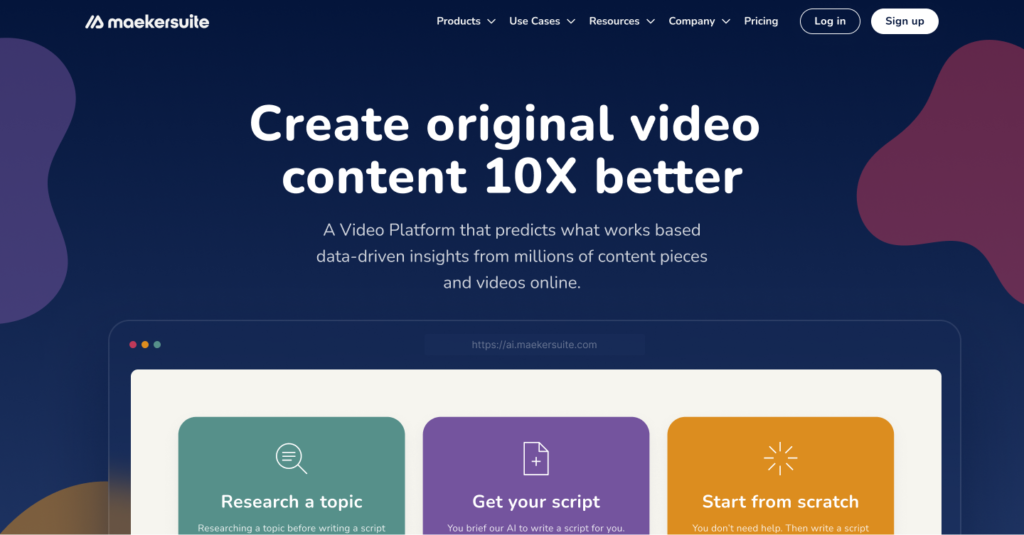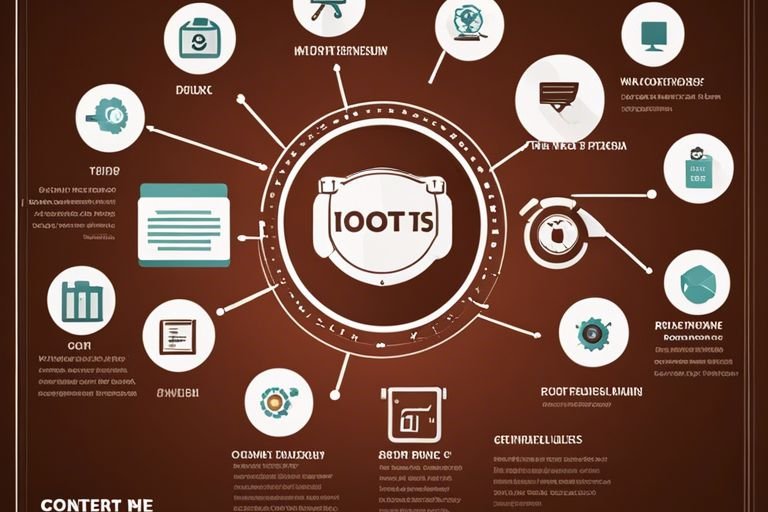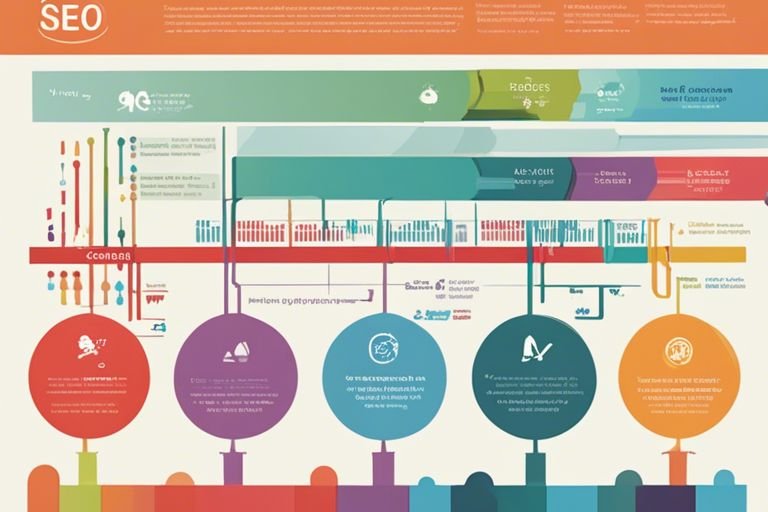Enriching the online experience for visitors is a key goal for website owners, and interactive content has proven to be an effective way to achieve this. Whether it’s through quizzes, polls, calculators, or interactive videos, the use of engaging content can help capture and hold the attention of visitors. From increasing time spent on a page to promoting social sharing, interactive content can significantly improve user engagement.
By keeping visitors actively participating in the content, interactive features can lead to a more memorable and impactful experience. This in turn can contribute to higher conversion rates, as engaged visitors are more likely to become customers. Furthermore, interactive content helps to humanize a website and create a more personalized connection with the audience, fostering trust and loyalty.
Defining Interactive Content
For How to Use Interactive Content to Engage Your Visitors, it is essential to have a clear understanding of what interactive content entails. Interactive content refers to online experiences that engage and involve the audience, requiring their active participation. It can come in various forms, such as quizzes, polls, calculators, assessments, and more.
What Qualifies as Interactive Content?
Interactive content encompasses anything that requires the user’s active engagement rather than passively consuming information. This can include clickable elements, video content with decision points, and user-generated content. The key is that it prompts the user to participate in some way, making it a more personalized and engaging experience.
Types of Interactive Content
There are various types of interactive content that websites can incorporate to keep their visitors engaged. Some popular examples include:
- Quizzes and Surveys: These are great for collecting insights from users and providing personalized recommendations.
- Calculators and Tools: These offer practical utility and can keep visitors engaged as they interact with the tool to get personalized results.
- Interactive Infographics: These allow users to explore data and information in a more engaging manner.
Recognizing the diversity of options available is important for effectively engaging visitors and keeping them on the website longer.
Psychological Aspects of Interaction
Now, let’s delve into the psychological aspects of interaction and how it impacts visitor engagement on a website. Understanding human psychology can provide valuable insights into what keeps people engaged and coming back for more.
The Human Need for Interaction
The human need for interaction is deeply rooted in our psychology. From a young age, humans seek out social connections and interactions with others. This need for interaction extends to the digital realm, where individuals crave engagement and connection with the content they consume. When visitors come across interactive content on a website, it fulfills their innate desire for connection and engagement. Interactive content allows them to actively participate and engage with the material, satisfying their need for interaction.
Furthermore, interactive content creates a sense of community and belonging, as individuals feel connected to the content and the website. This fosters a positive emotional response and keeps visitors coming back for more.
How Interactive Content Meets Psychological Needs
Interactive content meets several psychological needs that are essential for keeping visitors engaged. It provides a sense of autonomy, as individuals have the freedom to choose their path and interact with the content in a way that suits them. This sense of control and agency can be empowering and fulfilling, leading to increased engagement.
Moreover, interactive content taps into the human desire for novelty and stimulation. By offering unique and immersive experiences, it captures the attention of visitors and keeps them actively engaged. This novelty-seeking behavior is deeply ingrained in human psychology, and interactive content provides a platform for satisfying this need.
Overall, interactive content not only meets the basic need for interaction but also fulfills deeper psychological needs, such as autonomy and novelty, which are crucial for keeping visitors engaged.
The Role of Interactive Content in Marketing
Your website is the face of your brand in the digital world, and creating an engaging user experience is crucial for attracting and retaining customers. Interactive content plays a significant role in achieving that goal by providing value to the visitors and keeping them engaged with your brand.
Boosting Conversion Rates
Interactive content has the power to increase conversion rates significantly. When visitors actively participate in quizzes, polls, or surveys, they are more likely to stay on the website longer, leading to a higher chance of conversion. Furthermore, interactive content can provide valuable insights into the preferences and behavior of the target audience, allowing marketers to tailor their offerings more effectively, ultimately leading to higher conversions.
Building Brand Loyalty
One of the most significant advantages of interactive content in marketing is its ability to build brand loyalty. When users have an opportunity to engage with a brand through interactive content such as contests, games, or interactive videos, they are more likely to develop an emotional connection and loyalty. This can result in repeat visits, increased brand advocacy, and ultimately, higher customer retention rates.
Strategies for Implementing Interactive Content
To effectively implement interactive content on a website, it is essential to follow strategies that cater to the unique needs and interests of the target audience. By understanding the audience and aligning content with marketing goals, businesses can create interactive experiences that keep visitors engaged and drive results.
Identifying Target Audience Interests
Understanding the interests and preferences of the target audience is crucial when implementing interactive content. Businesses should conduct thorough research to identify what types of interactive content their audience finds most appealing and engaging. This could include surveys, social media listening, and analyzing website analytics to gain insights into the content that resonates with their audience.
Once the interests are identified, businesses can tailor their interactive content to cater to the preferences of their audience, ensuring that it provides value and an engaging experience that encourages visitors to stay on the site.
Aligning Content with Marketing Goals
Interactive content should align with a business’s marketing goals to ensure that it contributes to achieving desired outcomes, such as increased brand awareness, lead generation, or customer engagement. When implementing interactive content, businesses should consider how it ties into their broader marketing strategy and the specific goals they aim to achieve.
By aligning interactive content with marketing goals, businesses can ensure that it not only keeps visitors engaged but also contributes to driving meaningful results for the organization. Whether it’s through interactive quizzes to generate leads or immersive experiences to showcase products, the content should be strategically designed to serve the company’s marketing objectives.
Best Practices for Creating Engaging Interactive Content
Despite the many benefits of interactive content, creating engaging and effective interactive experiences can be challenging. To help ensure that your interactive content keeps visitors engaged, it’s important to follow best practices for creating interactive content.
Maintaining Quality and Relevance
One of the most important best practices for creating engaging interactive content is maintaining quality and relevance. The interactive elements should provide valuable and high-quality information that is relevant to the user’s needs and interests. This means carefully considering the target audience and creating content that addresses their pain points and interests. Additionally, it’s crucial to regularly update and refresh interactive content to ensure it remains current and useful to visitors.
Balancing Interactivity with User Friendliness
When creating interactive content, it’s essential to find the right balance between interactivity and user-friendliness. While interactive elements can enhance engagement, they should not overwhelm or confuse visitors. Designers should strive to create intuitive interactive experiences that are easy to navigate and user-friendly for a seamless user experience. This means considering factors such as load times, mobile responsiveness, and accessibility to ensure that the interactive content is accessible and enjoyable for all users.
Utilizing Data and Feedback for Improvement
To continuously improve interactive content and keep visitors engaged, it’s crucial to utilize data and feedback. By analyzing user engagement data and gathering feedback, content creators can gain valuable insights into what resonates with their audience. This information can be used to refine and optimize interactive content, tailoring it to user preferences and behavior. Through the iterative process of testing and adjusting, content creators can ensure that their interactive content remains engaging and relevant over time.
Challenges and Considerations
Keep in mind that implementing interactive content on a website comes with its own set of challenges and considerations. From technological barriers to measuring engagement and ROI, it’s important to navigate these hurdles to ensure the effectiveness of interactive content.
Technological Barriers and Accessibility
One of the primary challenges in implementing interactive content is ensuring that it is accessible to all visitors. This includes considerations for individuals with disabilities who may require accommodations to fully engage with the interactive elements. Additionally, technological barriers related to device compatibility, internet speed, and browser support must be addressed to provide a seamless experience for all users. Failure to address these issues can result in a significant portion of the audience being excluded from the interactive content, ultimately impacting engagement and overall user experience.
Measuring Engagement and ROI
Another challenge associated with interactive content is accurately measuring engagement and return on investment (ROI). Unlike traditional static content, tracking user interactions with interactive elements can be more complex. While clicks and views provide some insights, they may not fully capture the depth of engagement with interactive experiences. Additionally, determining the financial impact of interactive content can be challenging, as it often requires a deeper understanding of user behavior and conversion paths. Without the ability to effectively measure engagement and ROI, it becomes difficult for organizations to justify the resources and effort invested in creating and maintaining interactive content.

Case Studies and Success Stories
After conducting extensive research, it is clear that interactive content has shown significant success in engaging visitors on various websites. Here are some case studies and success stories that demonstrate the positive impact of interactive content:
- Case Study 1: A company in the finance industry saw a 30% increase in user engagement after implementing an interactive quiz on their website.
- Case Study 2: An e-commerce site experienced a 20% boost in sales after incorporating an interactive product customization tool.
- Case Study 3: A travel website witnessed a 50% rise in email sign-ups by introducing an interactive destination planner.
Examples of Successful Interactive Content Campaigns
Several successful interactive content campaigns have been implemented across various industries. For instance, a popular clothing brand launched an interactive style quiz, allowing users to discover their fashion preferences. This not only increased user engagement but also resulted in higher conversion rates. Another example is a food delivery service that introduced an interactive map feature, enabling customers to track their orders in real-time. These campaigns not only improved user experience but also positively impacted sales and customer satisfaction.
Lessons Learned and Key Takeaways
From the aforementioned case studies and success stories, it is evident that interactive content can significantly enhance user engagement and drive positive results for businesses. The key takeaway is that personalization and interactivity are crucial in capturing and retaining the attention of visitors. Moreover, the data-driven approach to interactive content allows companies to gain valuable insights into user behavior and preferences, leading to more targeted marketing efforts and increased conversions.
Conclusion
Following this discussion, it is evident that interactive content is a powerful tool for keeping visitors engaged on a website. By providing opportunities for active participation, such as quizzes, polls, and interactive videos, websites can hold the attention of visitors and encourage them to stay longer. Furthermore, interactive content can also enhance the user experience by providing personalized and engaging experiences, ultimately leading to a higher level of engagement and satisfaction.
Overall, incorporating interactive content into a website is essential for keeping visitors engaged and interested in the content being presented. With its ability to capture attention and create memorable experiences, interactive content is a valuable asset for any website looking to increase engagement and retain visitors. By leveraging the power of interactive content, websites can create a more dynamic and compelling user experience that keeps visitors coming back for more.








